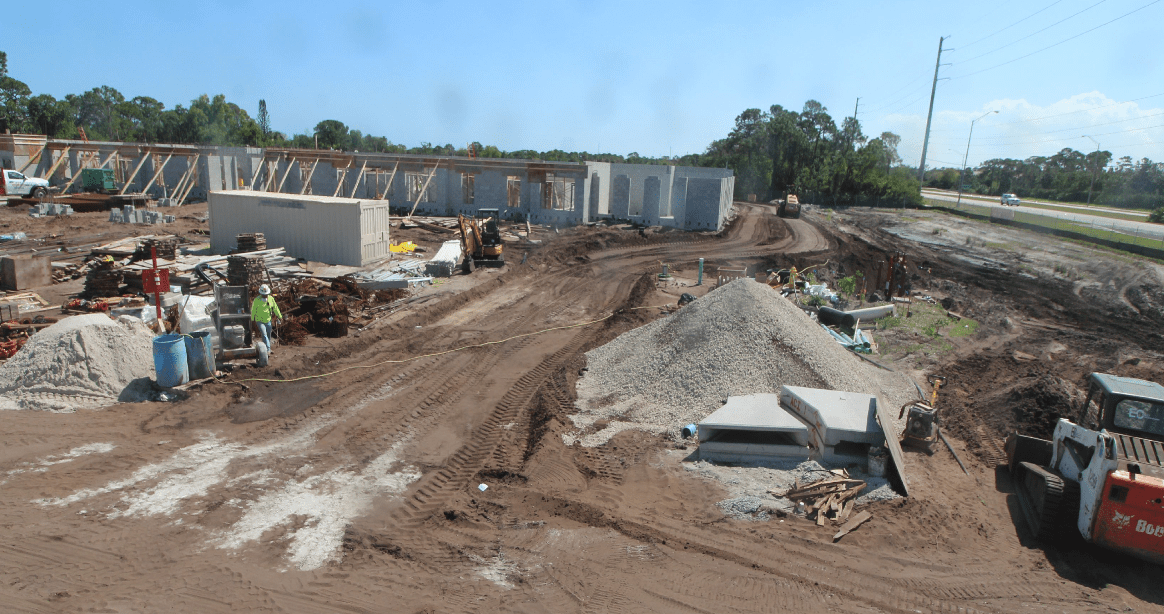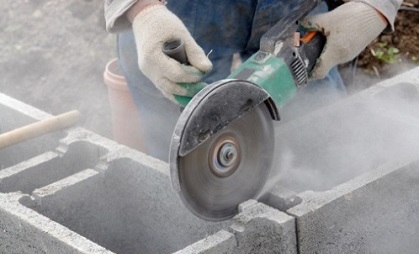CLICK HERE TO DOWNLOAD A ONE-PAGE SILICA DUST OVERVIEW FOR POSTING ON JOB SITES.
The new silica standard for construction established by OSHA in 2017 has received much coverage for the protections it established for workers. But beyond the human risk from silica dust, construction teams should take measures to protect the environment from it as well.
Here’s a quick overview of what construction teams need to know:
Crystalline silica is one of the most common minerals found in the earth’s crust.
Many common building materials contain silica:
- Sand
- Stone
- Cement/Concrete
- Mortar
Hazards of crystalline silica:
- Activities like cutting, grinding and drilling generate respirable dust containing crystalline silica.
- Unprotected site workers and offsite pedestrians who inhale crystalline silica particles are at increased risk of serious, potentially fatal, lung and kidney diseases.
Environmental regulation of crystalline silica at construction sites:
- Airborne silica dust is generally addressed under construction site requirements to minimize nuisance dust. State stormwater permits and local ordinances typically require use of dust control methods. Common practice is to use wet-cutting methods or dust collection systems.
- Discharge of untreated silica dust slurries from mixing and wet-cutting operations into storm drains or offsite water bodies is prohibited by state National Pollutant Discharge Elimination System (NPDES) permits and local ordinances. Slurry runoff can be controlled through the use of common stormwater best management practices (BMPs) like wattles, gravel berms and inlet protection devices.
- Silica dust collected from dry-cutting concrete can typically be disposed of with normal construction waste. Dust and residue generated during abrasive blasting activities may contain heavy metals and other toxic materials. Verify requirements before engaging in any activities that may generate dust contaminated with hazardous substances.
If you are concerned about the risk from silica dust on your site, consider bringing in a safety expert to conduct a safety program assessment and help ensure that you are protecting your people and the surrounding community.













